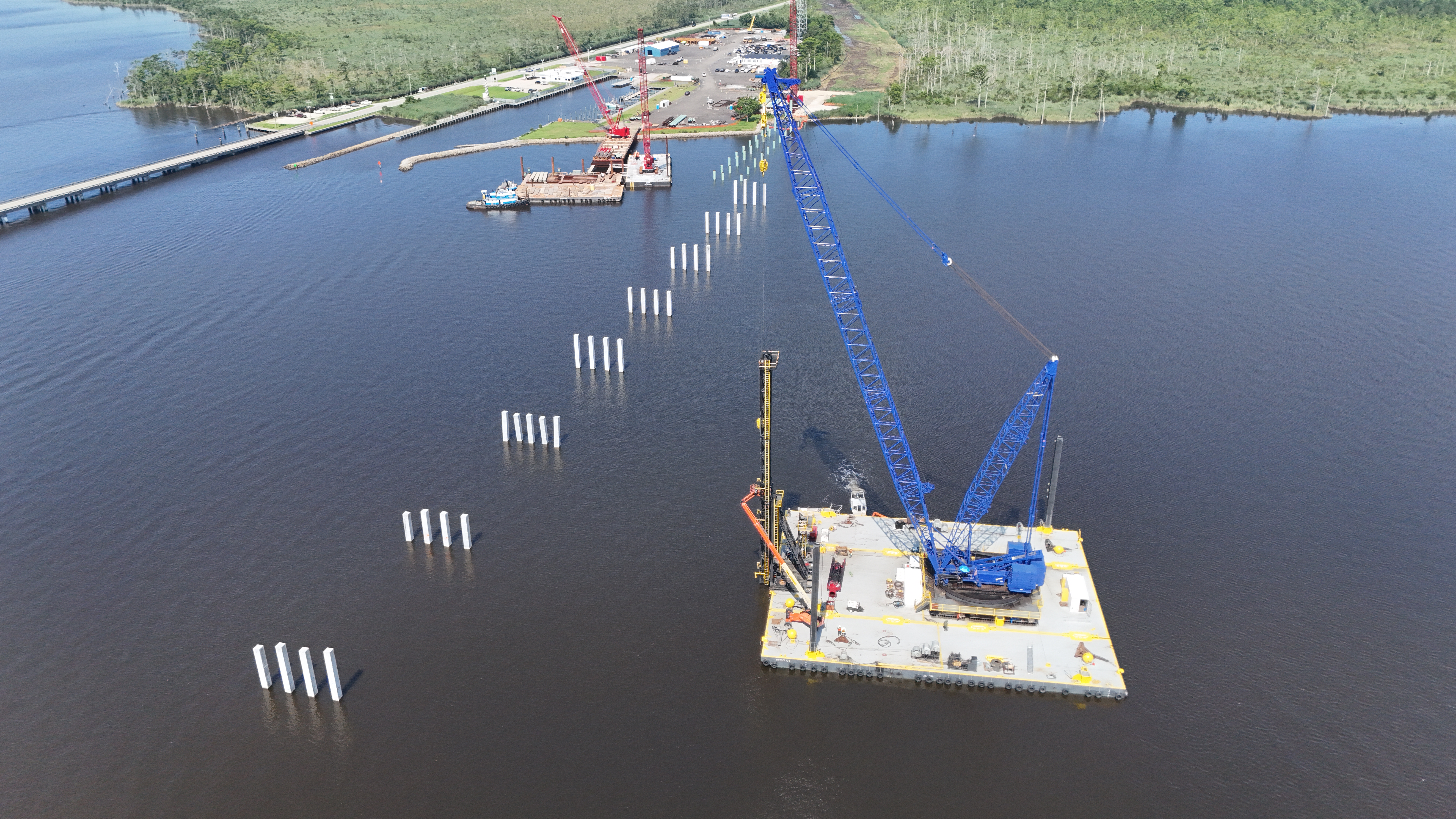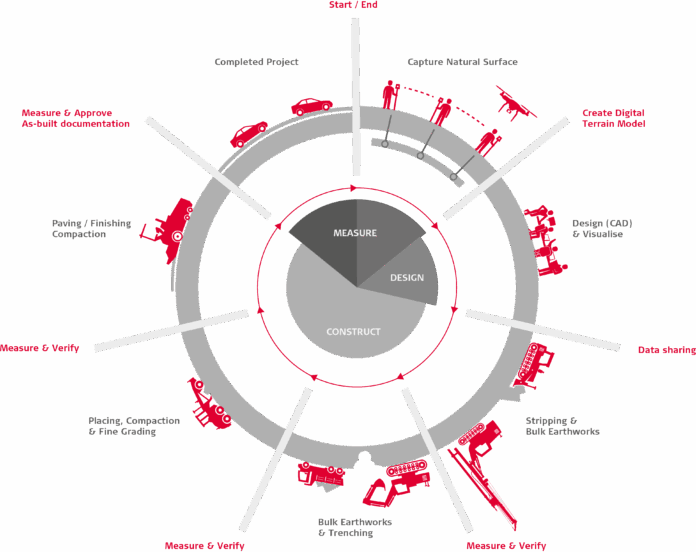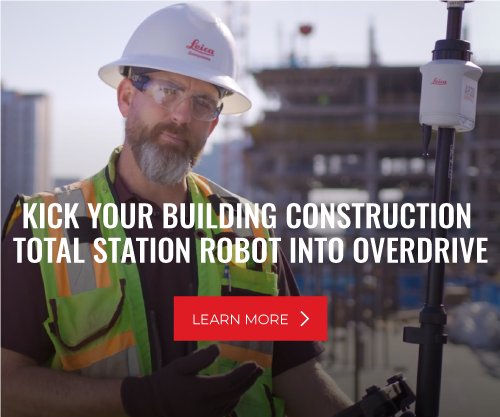In the rapidly evolving world of heavy construction, the integration of connected assets is emerging as a transformative trend, reshaping how infrastructure projects are planned, managed, and executed. By leveraging real-time data, cloud platforms, and machine control technology, projects like the Alligator River Bridge in North Carolina are leading the charge toward smarter, more efficient construction practices.
The Alligator River Bridge: A Case Study in Connectivity
Spanning 3.2 miles over the Alligator River, the new bridge project is a $450 million effort to replace the aging Lindsay C. Warren Bridge. With its vital role in hurricane evacuation and local infrastructure, the new fixed-span high-rise bridge aims to improve traffic flow and reduce maintenance needs. However, what makes this project unique is its adoption of connected construction technology.
At the core of the operation is a set of tools from Leica Geosystems, including GPS machine control systems and the Leica ConX cloud platform. These technologies allow accurate pile placement, even in difficult marine conditions, by delivering real-time data to on-site crews and remote project managers.

Jason, the project survey manager, emphasizes the impact of this connectivity.
“Traditionally, marine piling required intensive survey work, with crews manually positioning barges and resetting anchors,” he explains. “Now, with 3D modeling and GPS integration, everything is visualized on a tablet, allowing us to work faster and with greater accuracy. We’re all working with one version of the truth, whether on the rig or in the office.”
Enhancing Collaboration and Efficiency
The Leica ConX cloud platform is a breakthrough for collaboration. Data from the piling rigs is uploaded in real-time, enabling project managers, engineers, and even clients to track progress from anywhere. This removes the need for frequent site visits and keeps everyone aligned with the project’s goals.
Luke, a superintendent with over 25 years of piling experience, notes the productivity gains.
“In the past, we relied heavily on surveyors with total stations to shoot in piles,” he says. “Now, with the system in place, we’ve trained our operators to use the technology directly. This has doubled our productivity—we’re driving three to four piles a day compared to one or two using traditional methods.”
Aside from speed, the technology also enhances precision. The tablet-guided system makes sure that piles are driven within specified tolerances, even when working in muddy ground or during tough weather conditions. This level of accuracy is vital for a project located in a protected national reserve, where environmental restrictions need to be carefully managed.
A Broader Trend in Heavy Construction
The Alligator River Bridge is just one example of a broader trend toward connected assets in heavy construction. As projects increase in complexity and size, the ability to incorporate real-time data and cloud-based platforms is becoming a key competitive advantage. Contractors who invest in these systems not only boost efficiency but also gain an edge when bidding for future projects.
Luke observes how the industry has evolved: “When I started 25 years ago, everything was manual. Every year since then, technology has continued to advance. Investing in these systems makes the whole industry better—it’s a whole lot better now than when I started.”
Reshaping Decision-Making and Project Management
Connected assets are also transforming decision-making in construction. With access to real-time data, project managers can make informed decisions faster, whether it’s adjusting schedules to account for environmental constraints or troubleshooting equipment remotely with expert support. For example, during the Alligator River project, the team used the summer moratorium on piling to prepare for the next phase, ensuring they stayed on schedule despite the halt in work.
“On a job like this, you can’t just drive back to the office—it’s all happening on the water,” says Jason. “With ConX, crews can download the latest models and upload information directly from the barge. If we need support, Leica’s experts can access the tablet remotely for troubleshooting. It’s a level of connected support that’s truly a game-changer.”
The Future of Connected Construction
As more projects adopt connected asset strategies, the construction industry is poised for a significant transformation. From enhancing collaboration to improving precision and efficiency, the rise of connected assets is setting new standards for how infrastructure is built. The Alligator River Bridge serves as a powerful example of what’s possible when experience, technology, and innovation come together.
For heavy construction professionals, the message is clear: embracing connected assets is no longer optional—it’s the future of the industry.
To speak with a heavy construction expert who can guide you on your technology journey, contact us.
Contributor: Peter Haddock








